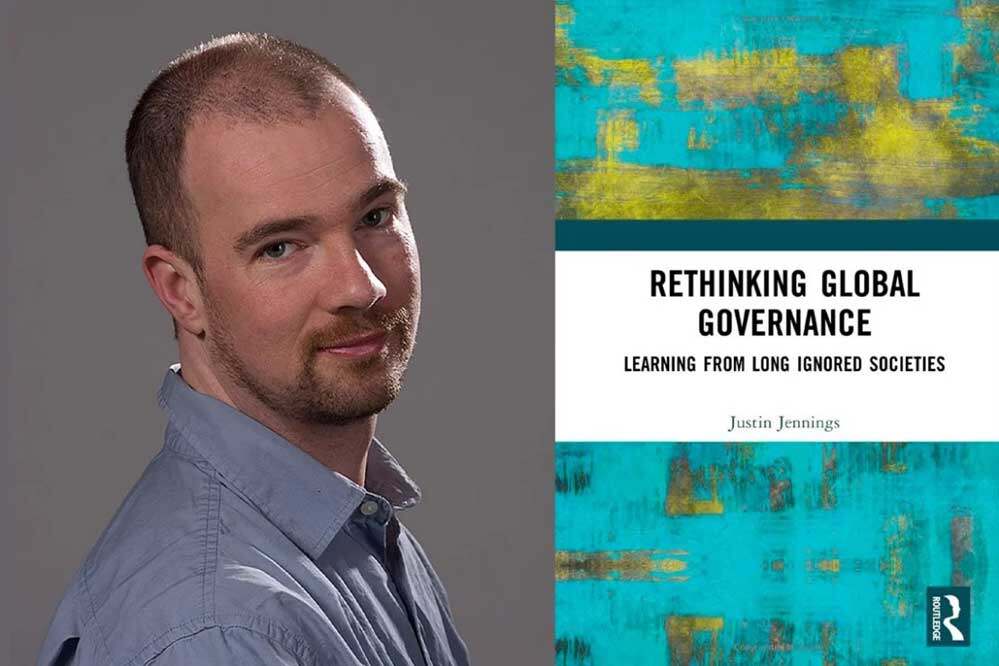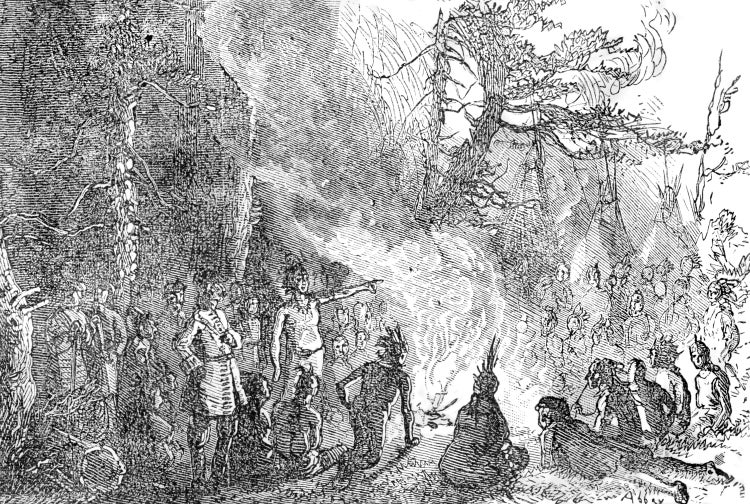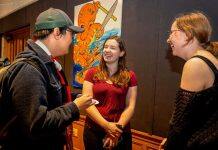

As the world grapples with cross-border challenges such as climate change, pandemic disease, cybercrime and income inequality, it may be tempting to look to the United Nations and other international organizations for solutions.
Or is it time to change our modern thinking about the best way to address global problems?
Justin Jennings thinks so.
The curator of world cultures at the Royal Ontario Museum, Jennings is an associate professor in the department of anthropology in University of Toronto’s Faculty of Arts & Science who has been researching different societies – some of them thousands of years old.
In doing so, he says he has learned a great deal about alternative methods of resolving difficult issues and maintaining order – insights that form part of his new book, Rethinking Global Governance.
“The book is structured to say that global governance could benefit from some of these lessons,” Jennings says. “Other societies had political, social and economic ideas that could be very useful as we look at the decades ahead of us.”
Jennings notes the world has changed significantly since many of the current crop of international organizations were first convened in the 20th century in the wake of two catastrophic world wars. Authoritarianism and nationalism are once again on the rise and trading blocs based on Western ideals did not anticipate the rise of economies in the East – all of which can make international co-operation more difficult.
Yet, Jennings says before the rise of the nation-state people often governed themselves in a more flexible, borderless way.
He says one such society is the Haudenosaunee Confederacy, a group of First Nations Peoples in the northeastern region of North America. The Confederacy’s constitution, known as the Great Law of Peace, outlined a detailed, thoughtful process to be used when seeking consensus on important decisions.
In fact, when crafting their own constitution, the founding fathers of the United States were initially curious about incorporating ideas from the Great Law of Peace, Jennings says.
“I quote from John Adams in the book, who said the framers of the constitution could learn a lot from the Haudenosaunee,” he says.
“[But] then they didn’t – because those ideas weren’t in their wheelhouse.”
While Jennings notes that some ancient societies were also hierarchical – ancient Egypt, he says, was a “pyramid society in more ways than one” – he asks whether a more decentralized governance model, where power is more equitably shared, might not be more responsive to our changing times.
“The galactic polities of traditional Southeast Asian kingdoms were often organized around a centre, with different groups in and out of the orbit of that centre. There wasn’t a lot of effort towards creating rigid connections between that centre and other places. Now, is this a good idea? I’m not sure. But it’s a different idea and one that should be explored because putting patches on the big bucket that is the nation-state isn’t proving very effective.”


He says decentralization could be useful when it comes to dealing with climate change since some of the most affected regions are located far from the centres of decision-making.
“Perhaps we can start to build new coalitions of impactful groups and provide them with the capacity to work through solutions that adapt to local conditions,” Jennings says. “Then get funding for them that isn’t tied up in red tape.”
In other parts of the book, Jennings describes ways in which perennial problems were managed in the past. He shows how the Enga people of Papua New Guinea defused warfare and resolved economic inequality through a system known as the “tee cycle,” and how societies such as the Pomo of northern California organized daily life by creating order out of anarchy.
Hippies experimented with anarchy in the 1960s, he adds, “but communes often failed because members weren’t looking at solid examples of communal, collective, egalitarian structures that lasted millennia.”
While Jennings is studying smaller societies, he believes there are nevertheless learnings that could inform global governance.
“Certainly there are scalar elements,” he says. “As a community gets larger it does tend to get more hierarchical, and the decision-making process changes. But this book suggests there may be alternative pathways. Those New Guinea tee cycles, for example, created vast amounts of wealth moving from one side of the country to the other. Thanks to a solid overarching structure, they had a playing field that was much larger than the village where they lived their day-to-day lives. This allowed them to interact with and organize hundreds of thousands of people doing things hundreds of kilometers away.”
As the world changes and our concerns mount, Jennings says rather than rely on ideas that clearly aren’t working, we should look to the past to find new solutions.
“Human history is all about trying to solve problems together,” he says. “We’ve been doing it successfully for many years. Now, as we take on some of the biggest challenges that humans have ever faced, it would be wrong for us not to be looking at other ways that people can come together to solve issues, especially because the context in which some groups used to – and in some cases still continue to – live is in many ways parallel to where our societies are going in this increasingly globalized world.”







































